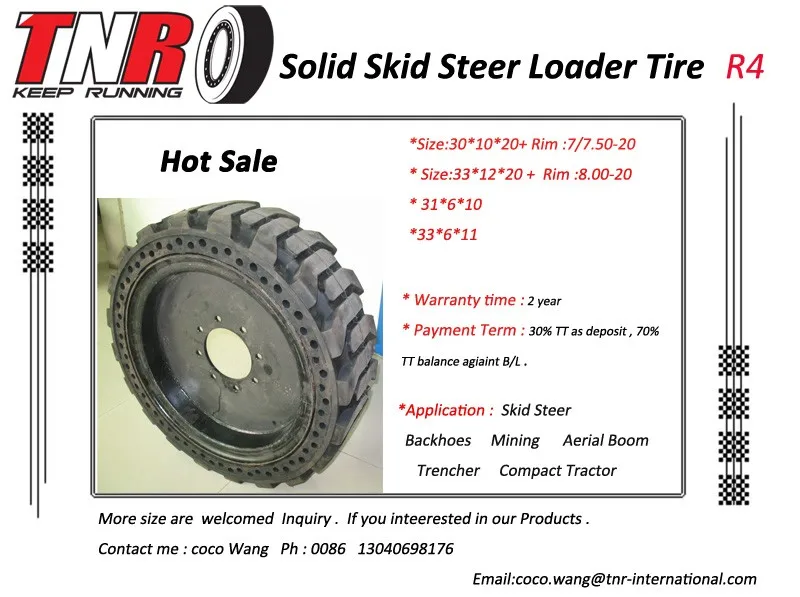When it comes to your standard driving tires, bias ply hasn’t been a term used in decades to describe the latest and greatest tires coming out on high-performance cars. In the racing, trailer, and even motorcycle worlds we still see bias ply but, even then, it’s quickly being displaced by radial tires. So, what is a bias ply and why has it been replaced?
Milestar Streetsteel Radial Ply tires on Raymond Ernandez’s 1974 Chevy Cheyenne Super 10What’s being referenced when you talk about bias ply and radial ply are how the cords that make up the carcass of the tire are run from bead to bead. You’ll never see it until you wear the tread beyond its rubber layer. The term “bias” and “radial” are describing how the patterns of the ply are done.
Bias Ply tires on the “Big Oly” 1970 Ford Bronco from Legends of LAA bias ply tire has its plies in a crisscross pattern as they overlap each other. So, one ply will lay in one diagonal (between 30- and 40-degrees from the direction of travel) while the other will lay in the opposite direction and would make an “X” if you were able to see through them. You can have multiple plies in a bias ply tire, too, usually in 4, 6, 8, or even 10 plies.
Most will be 4 plies, though. Bias ply tires also use far more rubber to create both the sidewall and tread as well as being supported by the plies. This was how tires were done from the 1930s all the way into the 1970s, with the last few cars coming with a bias ply in or around 1974.
Bias Ply tires on a hot rod at the 2019 Grand National Roadster ShowA bias ply tire is far more flexible, so they can make for great off-road tires and drag radials where sidewall flex is beneficial. They also exhibit better traction at low speeds and in straight-line travel.

Because so much rubber is used, they are far more resistant to cuts and punctures. However, because they use so much rubber and are more flexible, they lose traction in cornering because they tend to roll-over on to the sidewall.
Bias Ply drag slicks on a drag carThe treads wear faster and exhibit more rolling resistance, so you go through more money as you use up the tires and your gas far more often. This also means you’ll get flat spots if you allow a bias ply tire to sit on the vehicle’s weight for too long. You’ll also feel like your wandering due to cracks, ruts, and bad driving surfaces as these tires tend to follow those deformations.
Bias Ply tire on a Chevy Nova drag carWhile the tread isn’t directional, the way you rotate bias ply tires for maintenance is specific to them. You’ll take a left rear tire and move it to the left front, left front to the right rear, right rear to the right front, and right front to the left rear. Well, unless you have five tires (where you can use the spare as a normal driving tire) and then the left front becomes the spare and the spare moves to the right rear.
A radial tire, however, has its plies in a 90-degree pattern from the direction of travel from bead to bead (or radially from the center of the tire and where they get their name from). They have been around longer than most people realize, with tire patents dating back to 1915 by Arthur Savage in San Diego, California (the patents expired in 1949).
Milestar MS932 Sport Radial Ply tires on Raymond Ernandez’s 1962 Chevrolet Impala SSIn France, Michelin designed, developed, patented, and commercialized a radial design by their researcher, Marius Mignol, in 1946 and Michelin X radial tires were installed as a factory standard tire for the 1948 Citroen 2CV.
The first factory standard radial tire for the US is credited to the 1970 Lincoln Continental Mark III after the August 1968 issue of “Consumer Reports” showed that they had better tread life, better steering characteristics, and less rolling resistance.
What makes the radial superior to bias ply tires (outside of high-load capacity) is that those radial cords allow better flex. It makes a tire act more like a spring and improve riding comfort even as load capacity rating increases. This also increased tire life as the flexing required was easier than bias ply, which would resist and begin to overheat the tire. Because of its radial pattern and using less rubber, you’re able to run a much wider and flatter tire footprint.
These tires will also have a rigid set of belts to reinforce the tread, usually made of steel, Kevlar, polyester, Twaron, or sometimes even a combination of them. That means that your sidewall and tread function as two independent part of the tire instead of one like a bias ply.
Milestar Streetsteel Radial Ply tires on Curt Hill’s 1969 Chevrolet Camaro SSThese belts can also be added between plies to meet specific design goals like reinforcing the sidewall for puncture resistance, increasing load capacity, and many other objectives.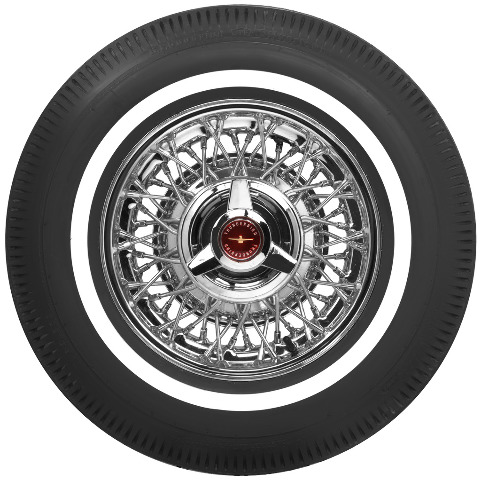
Because of that and the expansion of rubber compounds using silica, we’re starting to see more and more applications that use radial tires over bias ply. In racing, many tires are now radial over bias because of the advantages of feel and character of the radial.
Even drag radials are offering more straight-line grip and sidewall flex needed for powerful launches on the strip with the added benefit of not needing inner tubes.
Radial Ply tires on a drag carMilestar MX932 XP+ Radial Ply tires on a Nissan 370Z NISMOFor off-road, radial tires offer better flex and more grip on the rocks and sand. Trailer tires have even begun to make the switch to radial, even in higher load capacities typically reserved for bias plies. If you’re trying to look period correct, there are even radial tires for you.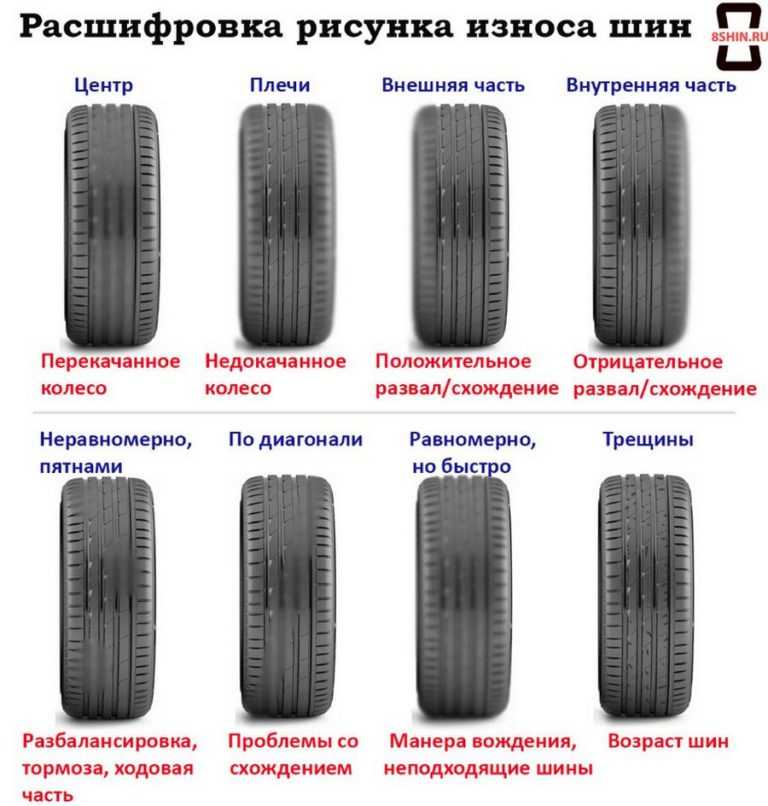 Henry Astor’s 1932 Ford Roadster
Henry Astor’s 1932 Ford Roadster
The short story is that the areas where bias ply dominated are no longer solely for them. Radials have become an acceptable replacement in those areas. As ply and rubber technology continues to improve, the need for any type of bias ply will be left for those who are just in it for numbers-matching correct restoration. Much like the carburetor, the bias ply won’t go away but it will be only around for the niche.
Milestar Streetsteel Radial Ply tires on Mike Hegarty’s 1971 Chevy C10The post BIAS PLY VS. RADIAL PLY: WHAT IS THE DIFFERENCE? appeared first on STATE OF SPEED : PERFORMANCE, SPEED, AND THE CULTURE THAT DRIVES IT.
Bias tires are one of three popular tire designs when grouped by ply construction.
This piece informs more on bias tires while identifying how they differ from their closest counterpart, radial tires.
A bias ply tire is one whose plies lay in a crisscross pattern as they overlap each other. So, if you could see through them, one-ply will lay in one diagonal (between 30 and 40 degrees from the direction of travel), while the other will lay in the other direction, forming an “X.”
So, if you could see through them, one-ply will lay in one diagonal (between 30 and 40 degrees from the direction of travel), while the other will lay in the other direction, forming an “X.”
For more information on the uses of bias-ply tires, merits and demerits of both radial and bias tires, and differences between radial and bias tires, keep on reading!
This means that when constructing a bias-ply tire, strengthening codes are arranged diagonally across the tire (usually 30° to 40° away from the travel direction).
Its cords are set at an opposing angle on each additional layer. A crisscross pattern is created as a result of this. To complete the tread, additional rubber is put over the plies.
Most bias-ply tires are four plies, which means they feature four layers of fabric cords for reinforcement.
Bias ply tires are becoming increasingly outdated as tire technology evolves and advances.
However, the design may still be put to good use: drag racing tires of a large size (slicks), off-road tires that are somewhat large, tires from a trailer, a few pieces of agriculture, and construction machinery.
Most classic car owners will only utilize bias tires because they want to maintain authenticity as much as possible.
Bias tires are available from specialized manufacturers for a range of antique automobiles, allowing these vehicles to keep their historical character.
Bias tires are created by criss-crossing polyester and nylon belt cords at a 30 to 45-degree angle to the centerline of the tread.
On the other hand, radials are built with crisscrossing steel belts beneath the tread to boost structural stability.
Their belt structures are the major distinction between radial and bias-ply tires; radial tires have steel belts while bias tires have nylon belts, resulting in different functional performance.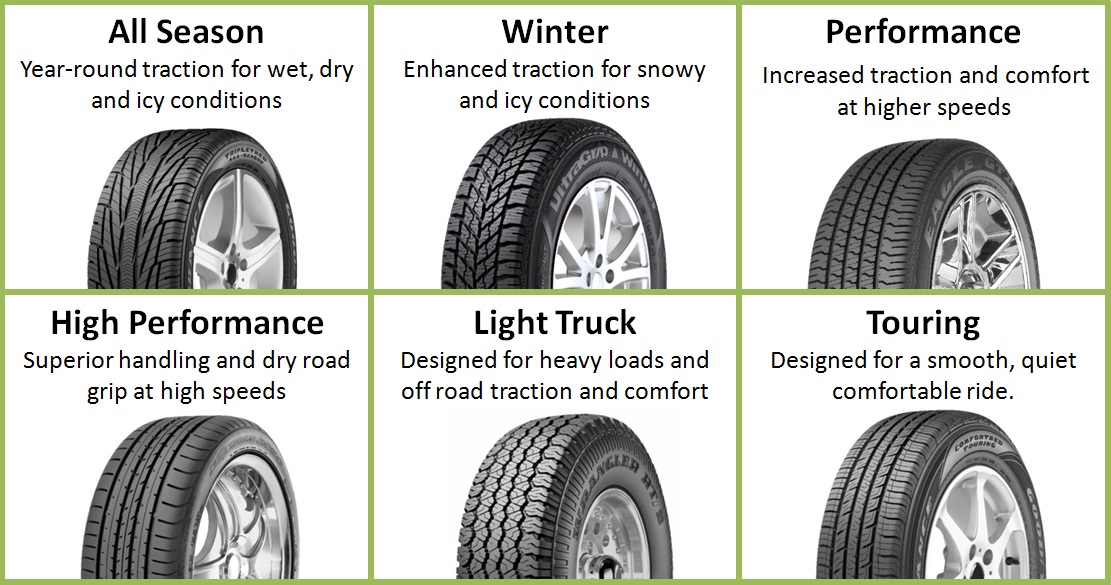
Having tackled the basic understanding of bias and radial construction, let’s examine situations where each tire type has an advantage.
Radial tires have improved comfort. Radial tire technology has reduced the impact of nearly every road bump you’ve ever encountered.
Because the plies do not stretch across and down the whole tire, the tire sidewall is free to bend and absorb impact without transmitting it to the tire’s whole (interconnected) structure.
Radial tires have better heat management and dissipation. Because of its excellent heat management, the radial tire extends the life of the tire tread.
Tires generate heat while under load or in operation, and greater heat equals more tread wear, as in the case of a bias-ply tire.
Bias-ply has its own advantages, including their tire construction being less difficult, resulting in a reduced cost.
In some situations, such as trailer tires, where a bias-ply tire may give less wobble and bounce than a radial tire, the stronger sidewall might be advantageous.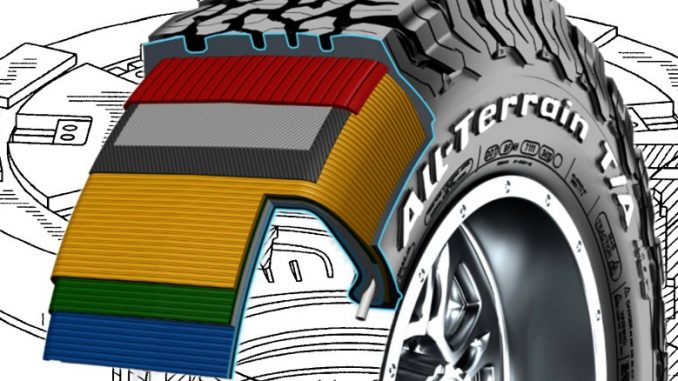
Puncture resistance on the sidewalls and a tough construction (some agricultural tires are bias-ply)
Bias-ply tires for vehicles, on the other hand, have generally been confined to antique car/truck restoration projects and car exhibitions in recent years. If you want to get a real old look, bias-ply tires are the finest option.
On the other hand, radial tires are almost certainly the way to go for your vehicle because there are only a few current bias ply truck tire producers, but radial alternatives will nearly always provide you an edge no matter where or how you travel.
Radial tires dominate every major truck tire category, including mud-terrain, all-terrain, and all-season by sheer presence alone.
Apart from availability, a major limitation of a bias-ply tire is faster wearing out due to increased traction.
Bias Tires are not tubeless; they’re made up of a rubber-fabric casing and an air-tight inner tube.
Their inner tube is inflated to a specified pressure when it is in use. A bias-ply tire’s sidewall has a symmetrical structure made up of an even number of crossing plies.
If you’ve been using bias tires for years because of their load capacity and you want to keep this up, ST radial tires could be worth a look.
Radial tires, on the other hand, have been known to perform better than bias-ply tires, and the difference is readily apparent.
They ride more comfortably, the trailer bounces and sways less and they last longer.
Their ability to bear a big load is the most crucial feature of any trailer tire. Bias tires were once thought to be capable of carrying larger weights than radial tires. That is no longer the case.
Radial trailer tires are now labeled with the “ST” abbreviation, which stands for Special Trailer, and are designed to bear big loads.
For regular street use, radial tires outsell bias plies.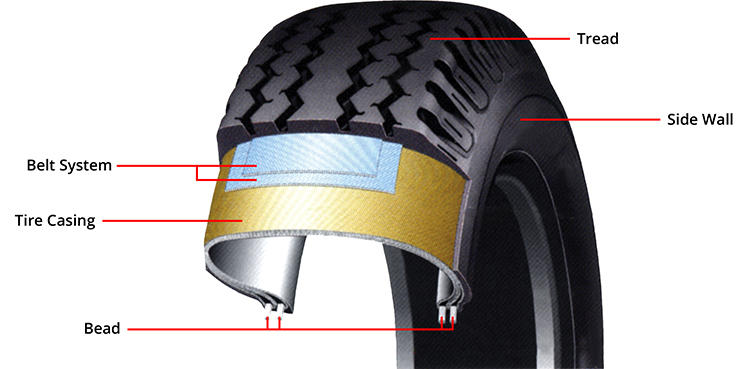 However, bias-ply tires are the most common tires on most racing cars at your local drag strip.
However, bias-ply tires are the most common tires on most racing cars at your local drag strip.
A bias-ply tire’s structure allows the sidewall to wrinkle, which helps absorb the launch’s shock.
Nylon threads are crisscrossed in a crisscross pattern through the sidewall of bias-ply tires.
This design is sturdy enough to provide a safe tire while still being flexible enough to allow the tire to buckle during launch.
This characteristic makes them poor for cornering, as the flex might cause the tire to roll under the wheel in severe circumstances.
As stated above, bias ply tires are made using two or more layers of nylon cords woven at 30-38 degree angles from bead to bead to produce the support and carcass (the network of cords that provides the tire its strength).
To guarantee stability, layers must be an even number.
Steel belted bias employs two or more layers of nylon cord underneath the tread and two steel belt layers.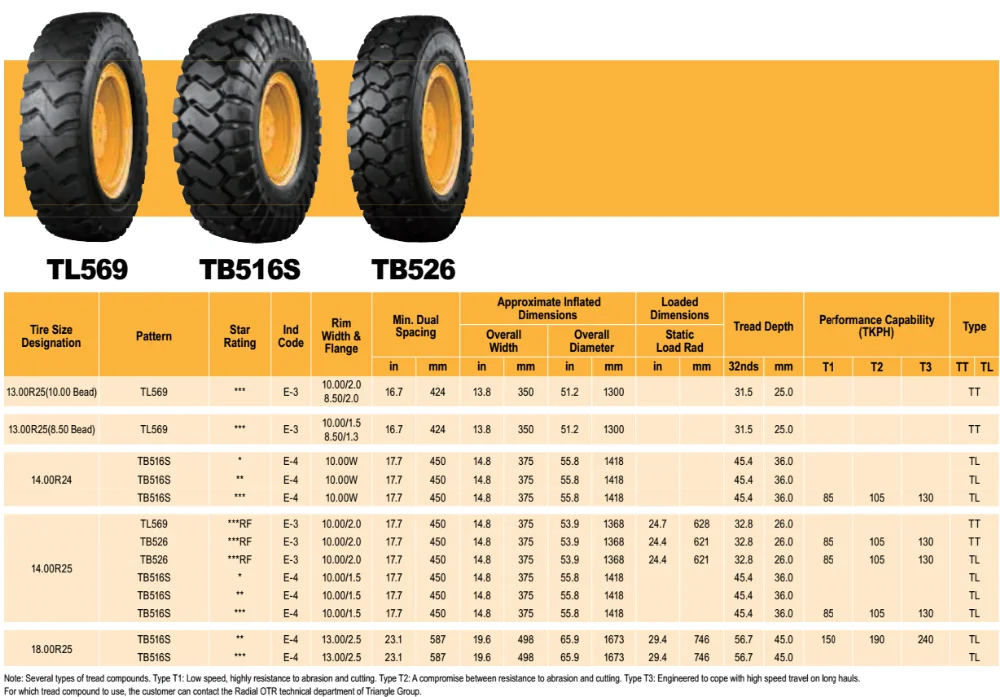
This design results in a stronger carcass (the network of cords that gives the tire its strength) that provides greater support and a more stiff inner material to interface with the tread.
To know more about tires, you can also see our posts on what are non-directional tires, what are V-rated tires, and what are Z-rated tires.
Bias ply tires are becoming increasingly obsolete as tire technology evolves and advances. Radial tires are now the most common type of tires.
One significant drawback to bias tires is faster wear because of increased traction.
Bias tires are only suitable for the race track being used efficiently by drag racers.
While bias tires have been used in trailers due to their higher load capacity, the introduction of ST radial tires has displaced them from this role.
Bias tires have belts made out of nylon.
0003Season
SelectReset filter
extended selection
What are radial and diagonal tires used for and how do they differ?
22.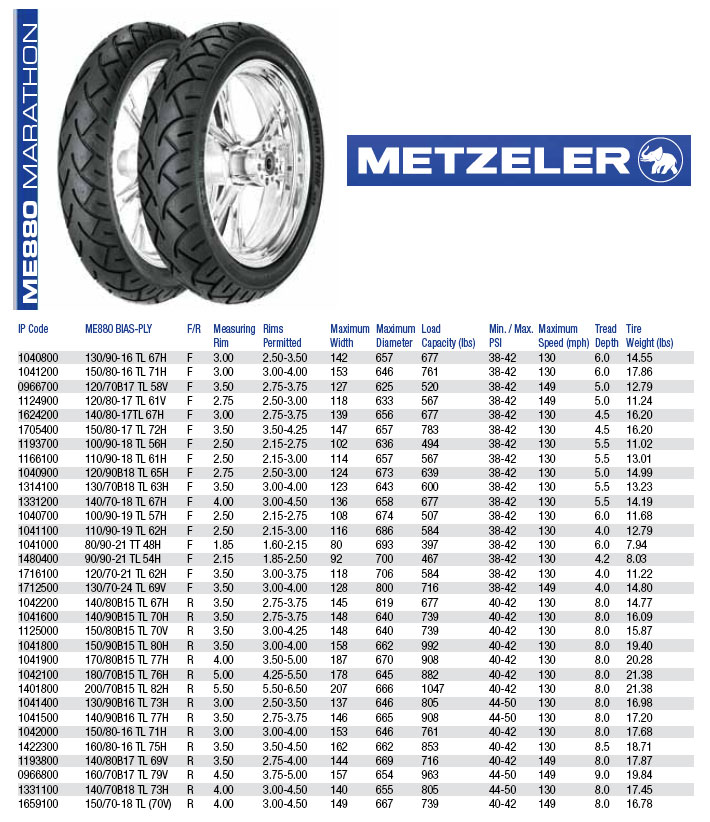 092021
092021
Author: Sergey Akhmetov
Views: 3589
Car tires are one of the most important inventions that provide comfort and safety of movement. Depending on the operating conditions for which the tire is designed, its compound composition, tread pattern, load / speed indices, size and more change. In addition, the car wheels have two types of frame - diagonal and radial. Each type of wheel structure has its own advantages and disadvantages that affect operational properties. nine0003
radial tires are those with the cords running from bead to bead, perpendicular to the circumference of the wheel (90° angle). The threads are placed in one layer, which eliminates their intersection and reduces the weight of the structure. Additional strength of the central part is provided by a steel breaker belt.
Bias tires are those that have several layers of cord, the strands of which lie at an angle of 35°-40°, forming lines that intersect in the middle. Thanks to several layers of threads, high strength of the frame is ensured. nine0003
Thanks to several layers of threads, high strength of the frame is ensured. nine0003
Consider, in addition to the structure, what else is the difference between radial and diagonal types of rubber in the table below: The only exception is that the sidewalls of such wheels are more susceptible to mechanical damage.
Tire manufacturers indicate on the sidewall their main characteristics, such as size (diameter and profile) and type of construction. In this case, the marking itself can be inch, metric or mixed. nine0003
Radial ramps - have the letter "R" (or the word "Radial") on the sidewall, which is indicated in size in front of the diameter, for example, "215/55 R16":
Sometimes there is no “slash” in the size marking and the height is not indicated, this means that the tire is full profile, i.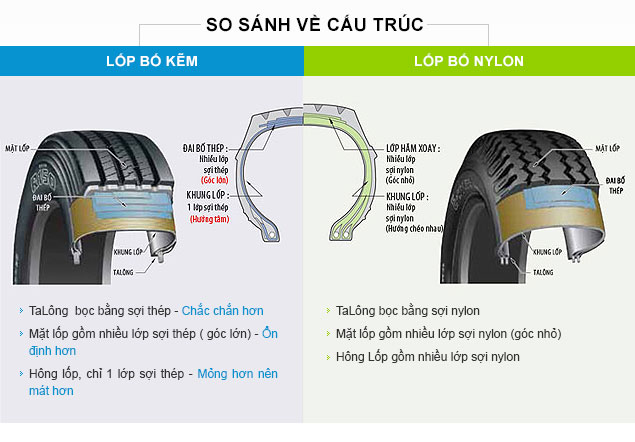 e. the height is 80%.
e. the height is 80%.
(It should be noted that sometimes the letter “R” is confused with a certain “landing radius” of the wheel, which is a mistake, because the landing diameter of rubber varies, not the radius.)
Bias tires - have the peculiarity that there are no letters in the marking (for example, 6.50-15) and its dimensions are usually indicated in inches.
Thus, looking at the marking, you can easily determine the type of tire construction.
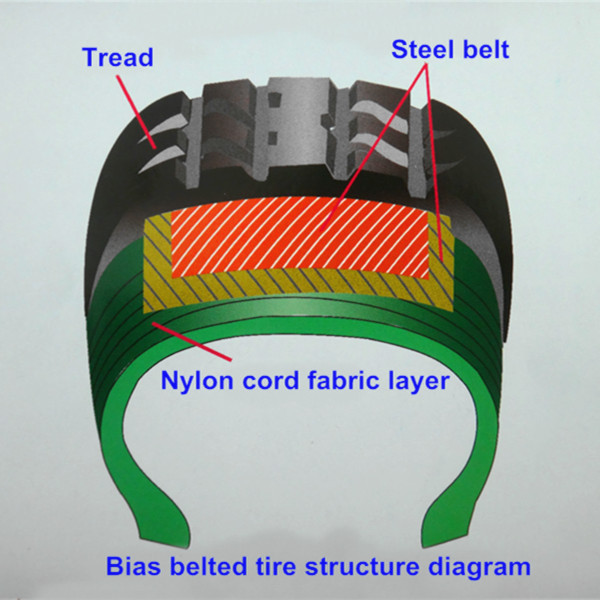
All the advantages of this rubber are good for excavators, trucks and other commercial and special vehicles. But for ordinary cars, they are less practical, which is why radial slopes practically squeezed out the above-mentioned “competitors” in this segment.
If you have owned a vehicle for more than a year, no matter what, a sedan or a truck, the question is: “How to distinguish the type of tires?” does not appear. Nowadays, Radial tires are more represented on the market. Many novice drivers of “cars” do not even suspect that there are also diagonal ones. This is not surprising, since modern passenger cars, unlike Soviet cars, are designed exclusively for the use of radial rubber. nine0003
Nowadays, Radial tires are more represented on the market. Many novice drivers of “cars” do not even suspect that there are also diagonal ones. This is not surprising, since modern passenger cars, unlike Soviet cars, are designed exclusively for the use of radial rubber. nine0003
Contents
Close
Moscow and region
Tires are one of the most important inventions of all mankind. It is worth noting that a modern car would not have become such a successful and efficient vehicle without pneumatic tires. Outwardly, the tires are little different from each other, with the exception of the tread pattern and their radius. All of them consist of various rubber compounds and fillers. Some sizzle - others don't. The round shape of the tires is maintained by the carcass. The carcass directly affects many tire characteristics. nine0003
Diagonal frame
Radial frame
Let's consider two types: tires with a diagonal and a radial carcass. Despite the external similarity, they are structurally very different.
Despite the external similarity, they are structurally very different.
Frame
The bias tire has a carcass made of
ply cord. As a rule, the number of layers
is a multiple of two. Textile cords of different layers
are located at an angle of 35° to 40° to each other
and intersect exactly in the middle of the tire
protector.
Frame
Breaker Belt
Frame
In radial tires, the cords are located at a
angle of 90° and are located along the entire tire
tread. And those sections of the tire that
are located in the contact patch with the road surface
are reinforced with a steel cord (it is also called a belt belt
).
In addition to the difference in the arrangement of cords, there are many other differences
- Cord threads for diagonal tires are made of nylon or kapron, for radial tires they are made of steel. nine0003
- Bias tires can have several layers of cord - from two or more, radial tires have only 1.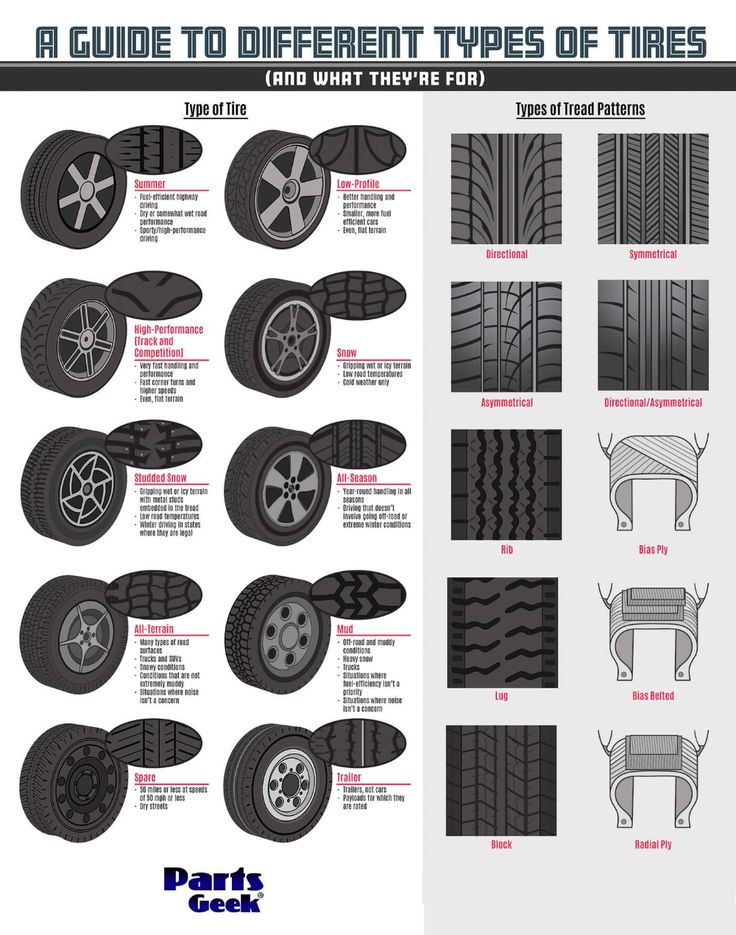
- Bias tires, as a rule, have two bead rings, with a radial one.
- Most bias tube tires, tubeless radials.
Functional differences of radial tires
— Better contact with the road. Radial tires have a larger contact patch compared to bias
tires. nine0003
- The weight of a radial tire and a bias tire with the same radius will be different. Lighter tire with radial carcass
ply.
— A radial tire can carry more loads (15 to 20%) than a bias tire.
- The carcass of a radial tire has better thermal conductivity, due to this, heat dissipation in such tires
will be better.
Some differences of bias tires
— Tires with a diagonal carcass have a well-protected sidewall and are less afraid of lateral damage
compared to radial tires. In this case, diagonal tires are more protected from
side injuries.
- Bias tires are cheaper than radial tires.